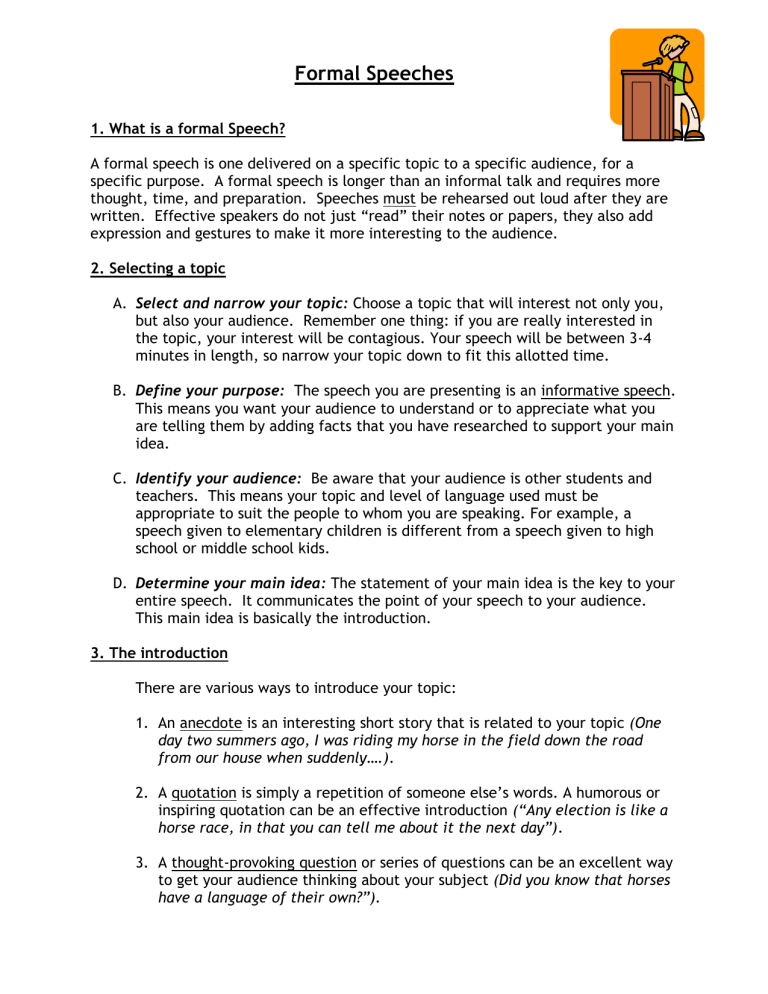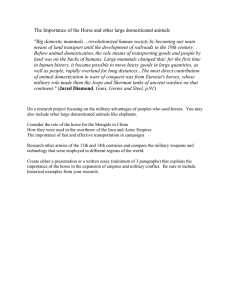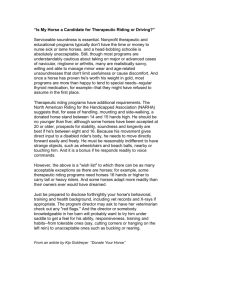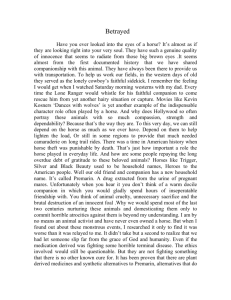Formal Speech Guide: Topic, Delivery, and Structure

Formal Speeches
1. What is a formal Speech?
A formal speech is one delivered on a specific topic to a specific audience, for a specific purpose. A formal speech is longer than an informal talk and requires more thought, time, and preparation. Speeches must be rehearsed out loud after they are written. Effective speakers do not just “read” their notes or papers, they also add expression and gestures to make it more interesting to the audience.
2. Selecting a topic
A.
Select and narrow your topic: Choose a topic that will interest not only you, but also your audience. Remember one thing: if you are really interested in the topic, your interest will be contagious. Your speech will be between 3-4 minutes in length, so narrow your topic down to fit this allotted time.
B.
Define your purpose: The speech you are presenting is an informative speech.
This means you want your audience to understand or to appreciate what you are telling them by adding facts that you have researched to support your main idea.
C.
Identify your audience: Be aware that your audience is other students and teachers. This means your topic and level of language used must be appropriate to suit the people to whom you are speaking. For example, a speech given to elementary children is different from a speech given to high school or middle school kids.
D.
Determine your main idea: The statement of your main idea is the key to your entire speech. It communicates the point of your speech to your audience.
This main idea is basically the introduction.
3. The introduction
There are various ways to introduce your topic:
1.
An anecdote is an interesting short story that is related to your topic (One day two summers ago, I was riding my horse in the field down the road
from our house when suddenly….).
2.
A quotation is simply a repetition of someone else’s words. A humorous or inspiring quotation can be an effective introduction (“Any election is like a
horse race, in that you can tell me about it the next day”).
3.
A thought-provoking question or series of questions can be an excellent way to get your audience thinking about your subject (Did you know that horses
have a language of their own?”).
4.
An analogy is a comparison of two different things or ideas (A street light is like a star. Both provide light at night, both are in predictable locations, and both serve no function in the daytime.).
5.
Finally, a startling or interesting fact or statement can surprise your audience or make them curious (Horses understand body language better than people do. The slightest twitch of your body can tell a horse to move).
4. The Body of the Speech
The body of the speech is the longest and most important part. In the body, you must inform, entertain, or persuade your audience, giving them facts and information to support your main idea. Here are some guidelines for organizing the body of your talk:
Determine your major points - choose main ideas from the list that you made based upon your topic.
Arrange your main ideas in a logical order - sometimes you may want to present your ideas on order of importance or time sequence.
Develop your main idea - use the information and facts you collected to enhance your topic.
5. The Conclusion:
The conclusion is a summary of the main points of your speech or a strong statement that signals the end of the presentation to the listener. Remember that your conclusion may determine the final impression an audience carries away from your talk. Make sure it is as strong and interesting as your introduction.
6. Delivering the Speech
1.
Rehearse your speech aloud many times. Practice in front of a mirror or a friend.
2.
Dress appropriately! Do not wear t-shirts with sayings or logos that will distract your audience.
3.
Eye contact with your audience will make them more attentive. Scan the room as you present your speech. If you find it difficult to look at your audience, look at the tops of their heads so you’re not looking directly at them.
4.
Poise and posture is important. Stand tall and straight, and try to appear relaxed and comfortable. Do not lean on the stand, fidget, or sway from side to side. This will distract your audience.
5.
Speak loudly enough for your audience to hear without difficulty, but not so loudly that they become uncomfortable. Try not to trail off and lower your voice as the speech continues. Be consistent.
6.
Watch your pace. Speak a little more slowly than you would in common ordinary conversation.











